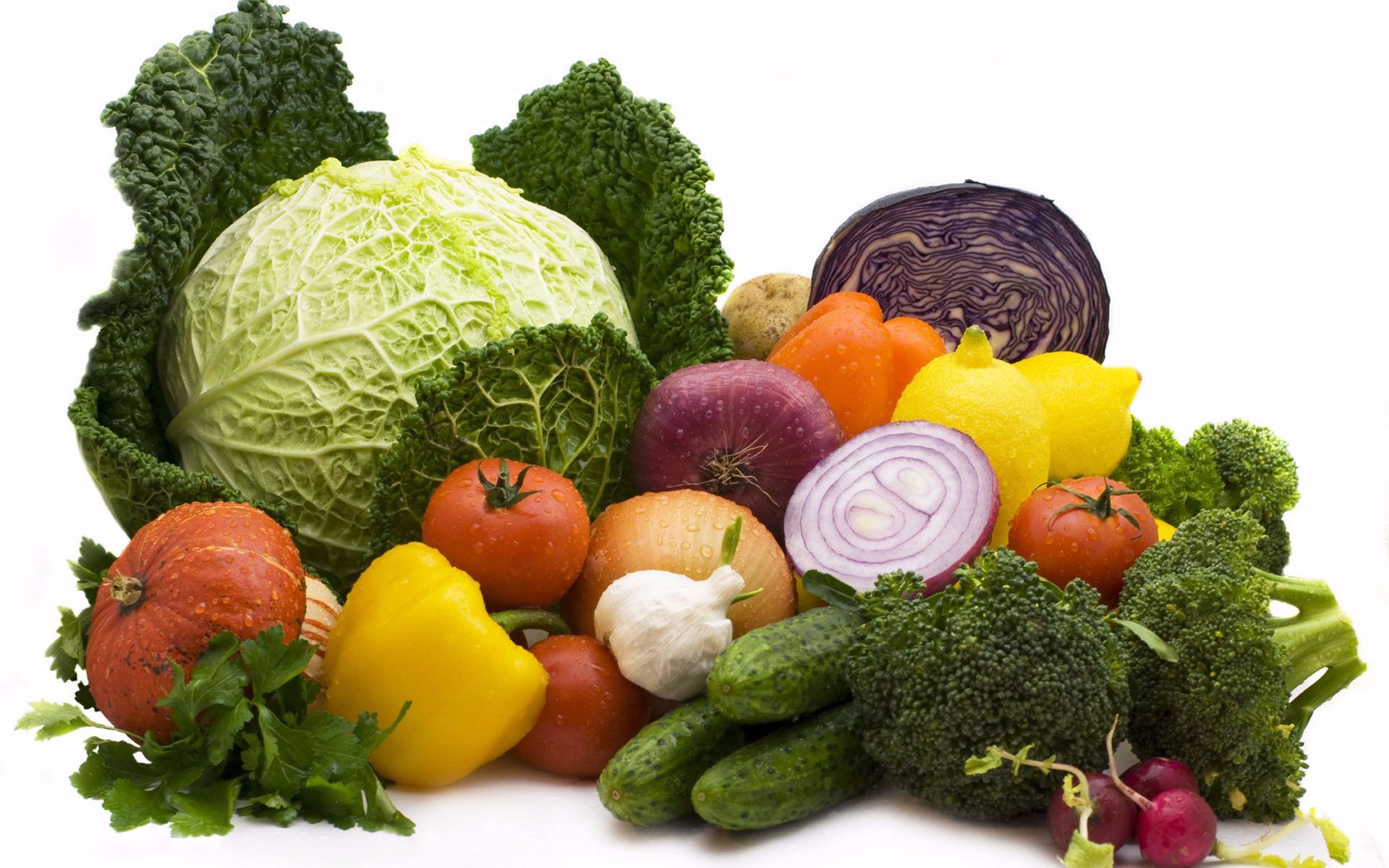
Emma has been a Registered Dietitian for over 17 years and has experience in adult and paediatric dietetics. She has been the Editor of NHD for seven years, steering the editorial content and supporting the production process. Emma currently works in industry.
Emma Coates, RD
Seasonal affective disorder: can nutrition help?

It now feels like we are deep into the winter, and for some people, a type of depression known as seasonal affective disorder (SAD) may be hitting them hard. Sometimes known as ‘the winter blues’, SAD often rears its head during the autumn/winter seasons and subsides towards the spring or summer.(1)
However, conversely, some people may experience SAD during the spring or summer and see improvements during the autumn/winter.(2)
THE SYMPTOMS OF SAD
SAD symptoms may be more pronounced or severe during the winter(2) and can have a significant impact on day-to-day life, with some people saying that if feels like 'hibernation’.(3) Depending on the latitude, the prevalence of SAD ranges from 1.5% to 9% of the population.(4) and approximately 75% of those affected are women.(5)
Common symptoms SAD include: (2,5,6)
- Feeling lethargic and sleepy during the day
- Sleeping for longer than normal and finding it hard to get up in the morning
- Not sleeping enough or waking up a lot
- A persistent low mood
- Feelings of despair, guilt and worthlessness
- Feeling anxious, angry or irritable
- Suicidal feelings
- Difficulty concentrating
- A loss of pleasure or interest in normal everyday activities, not wanting to see people
- Decreased sex drive or interest in physical contact
- Changes in appetite – increased or decreased interest in eating
- Craving carbohydrates or sweet foods

THE CAUSES OF SAD
The cause of SAD isn’t fully understood but several factors are thought to play a role.(7)
Possible causes of SAD include:
Effects of light
- Not enough light throughout the day means less light hits the back of the eye.
- Fewer messages are sent to the hypothalamus, which controls sleep, appetite, sex drive, temperature, mood and activity.
- These functions can slow down and gradually stop if there isn’t enough light.
Disrupted body clock
- Our circadian rhythm (body clock) is set by our brain depending on the hours of daylight available to us
- It is thought that in those who experience SAD during the winter, this part of the brain may not be functioning in the same way
- This may mean that the body clock falls out of sync with the daylight that is available, which can lead to tiredness and depression.
Melatonin and serotonin levels
- Melatonin is a hormone, which is produced when it becomes dark, and helps us to prepare for sleep.
- Serotonin is a brain chemical, which is affected by how much sunlight you’re exposed to. Serotonin has an effect on mood.
- Research suggests that those who experience winter SAD produce lower levels of serotonin and higher levels of melatonin. However, the exact relationship between them needs further investigation.
Weather and temperature
- The ideal weather and temperature will vary from person to person but some people may feel particularly uncomfortable in colder or hotter temperatures.
- This may contribute to the development of SAD at those times.
- Many people are aware of SAD occurring in winter, but research has shown that summer SAD is linked with higher temperatures and humidity. Again, further investigation is needed to understand this better.
DIAGNOSIS OF SAD
Diagnosis of SAD can be challenging, as symptoms are similar to other types of depression. It may take some time to recognise that there is a seasonal or regular pattern regarding symptoms and duration.(8)
SAD diagnosis(8) will depend on whether:
- the symptoms have occurred during the same seasons for two or more years in a row;
- the periods of depression are followed by periods without depression;
- there are any other obvious explanations or causes for the seasonal mood changes.

TREATMENT
Treatments for SAD can vary from pharmacological interventions to use of light or talking therapies.(2,9) However, lifestyle choices can make a positive impact too. Keeping active, eating a healthy, balanced diet and getting out and about in the available natural sunlight whenever possible are recommended.(2) Exercise for depression is encouraged as self-help and can boost mood in those who experience mild to moderate depression.(10)
There are no specific national guidelines for the treatment of SAD, however, NICE 11 recommends that SAD patients should be offered the same types of treatments that are available for other types of depression.(2,9)
The BDA Food Fact Sheet on depression and diet offers a general overview of a healthy diet, which can help to protect mental health.(12)
Top tips include
- Eat regular meals
- Get the right balance of fats to help maintain cell structure in the brain. Including oily fish helps with this!
- Include plenty of wholegrains and fruit and vegetables to ensure a good range of vitamins and minerals are taken on board
- Include protein at every meal. Protein contains tryptophan, which may help with depression
- Keep hydrated by aiming for six to eight glasses non-caffeinated drinks per day
SAD AND NUTRITION DATA
Whilst changes in appetite and cravings for carbohydrates are recognised symptoms of SAD, there are limited data regarding the impact of nutritional intervention or dietary habits in relation to the condition.
A systematic review published by Yang et al in 2020 reviewed the evidence around the role of diet, eating behaviours and nutritional intervention in SAD. (13) The review included 11 studies: five efficacy studies in relation to nutritional intervention for SAD and six studies that focused on dietary patterns and eating behaviours in SAD patients.
With regard to eating patterns or behaviour, a higher prevalence of SAD was associated with alcoholism and vegetarianism. However, normal alcohol intake was not linked with the severity of SAD. Higher intakes of food during the evening (larger evening meals and more snacks) were more common in SAD patients when compared with non-SAD patients. A greater frequency of binge eating and emotional eating was also exhibited by SAD patients when compared with control patients.
Considering the common SAD symptom of carbohydrate craving, the review found that SAD patients exhibited more cravings for starch-rich or high-fibre foods. (3) RCTs were included in the review by Yang et al which included data on the efficacy of carbohydrate-rich diets in improving SAD symptoms. No clear benefits were shown regarding this intervention.
In addition, the review did not find any benefits for SAD patients in relation to the studies regarding nutritional intervention. Two RCTs were included in the review which evaluated the efficacy of vitamin D or B12 supplementation as potential treatment of SAD. Neither study showed any beneficial effects.
References
- Meesters ANR, et al (2016). Is there a relationship between vegetarianism and seasonal affective disorder? A pilot study. Is There a Relationship between Vegetarianism and Seasonal Affective Disorder? A Pilot Study | Neuropsychobiology | Karger Publishers
- NHS (2022). Overview - Seasonal affective disorder (SAD) Overview - Seasonal affective disorder (SAD) - NHS (www.nhs.uk)
- Royal Collage of Psychiatrists (2015). Seasonal Affective Disorder (SAD) Seasonal Affective Disorder (SAD) | Royal College of Psychiatrists (rcpsych.ac.uk)
- Nussbaumer-Striet B et al (2019). Light therapy for preventing seasonal affective disorder. Light therapy for preventing seasonal affective disorder - Nussbaumer‐Streit, B - 2019 | Cochrane Library
- Nussbaumer-Stiet, B et al (2019). Melatonin and agomelatine for prevention of winter depression. Melatonin and agomelatine for preventing seasonal affective disorder - Nussbaumer‐Streit, B - 2019 | Cochrane Library
- MIND (2022). Seasonal affective disorder (SAD) - What is seasonal affective disorder (SAD)? What is seasonal affective disorder (SAD)? - Mind
- MIND (2022). Seasonal affective disorder (SAD) - What causes SAD? What causes seasonal affective disorder (SAD)? - Mind
- NHS Inform (2023). Seasonal affective disorder (SAD) Seasonal affective disorder (SAD) | NHS inform
- MIND (2022). Seasonal affective disorder (SAD) - What treatments are there for SAD? What treatment is there for seasonal affective disorder (SAD)? - Mind
- NHS (2021). Exercise for depression Exercise for depression - NHS (www.nhs.uk)
- NICE (2022). NICE guideline 222. Depression in adults: treatment and management. Overview | Depression in adults: treatment and management | Guidance | NICE
- BDA (2023). Food Fact Sheet: Depression and diet Depression and diet (bda.uk.com)
- Yang Y et al (2020). The Role of Diet, Eating Behavior, and Nutrition Intervention in Seasonal Affective Disorder: A Systematic Review. Frontiers | The Role of Diet, Eating Behavior, and Nutrition Intervention in Seasonal Affective Disorder: A Systematic Review (frontiersin.org)

